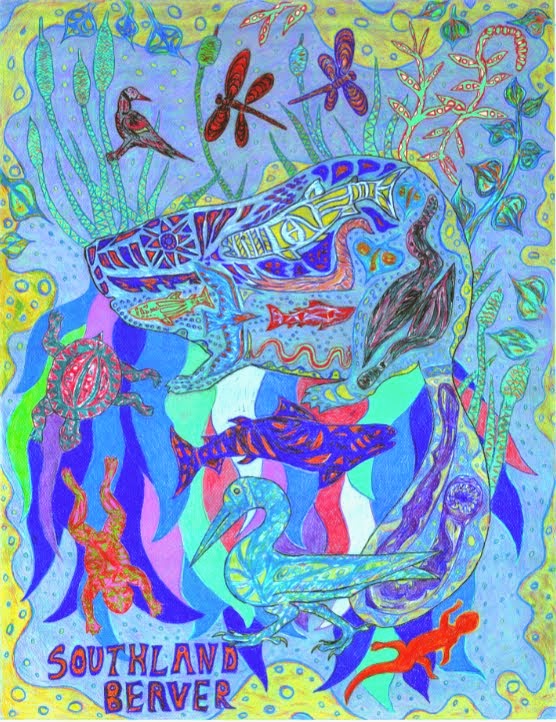"You know what's remarkable is how much England looks in no way like Southern California."
Above is one of my favorite lines from Austin Powers 2: The Spy Who Shagged Me. If you need a refresher Austin is cruising the "English countryside" with Felicity Shagwell when he makes the comment. The irony of course, being that the scene and the whole movie were filmed in southern California.
Now taken as it is we have a great example of Michael Myers penchant for witty, off the cuff dialogue - the line was not scripted - and Heather Graham simply mutters "What?" in reply. But such a line, innocuous as it is, can take on some deeper meaning. For starters the native chaparral vegetation which dominates the coastal hillside of southern California and central California, along with oak savanna and coastal sage-scrub, is often featured in movies not explicitly taking place in California but filmed there due to the proximity of the film industry. Indeed the famous Hollywood sign is on a hillside of chaparral vegetation. In stands of old growth manzanita the tangle can get over 30 feet tall and by all accounts chaparral was actually some of the most productive grizzly habitat in the state. While it is true fire is part of this habitat, it has become apparent that the frequency of fire due to anthropogenic causes has increased over time to the detriment of the ecosystem. Interestingly the fire barriers created by people seeking to separate the brush from their property might be accelerating fire risk due to non-native grasses moving in and spreading fires.
 |
| Sespe Wilderness. Ventura backcountry |
For the most part large swaths of the population look at chaparral as a prickly, dry, combustible, menace. Fortunately there are lovers of chaparral - a notable example being the chaparral institute - which I encourage you to check out.
 |
| Old Growth Manzanita. San Luis Obispo county |
Now let me dovetail this discussion into the insights gleaned by Heidi Perryman and others concerning why and how often beaver are lethally trapped in California over the last 20 months.
 |
| From Martinez Beavers |
But this recalcitrance to just let things go back to what is there naturally - whether it be your cities creek side park or beaver pond adjacent to your landscaped property - really speaks to the ambivalent relationship Californians have with chaparral. It is our emblematic native vegetation. In the past it provided sanctuary for grizzly in daunting chaparral mazes and today it fuels massive fires that threaten urban sprawl. In the past grizzly was seen as a challenge and menace to be eliminated by California settlers. Today fire is seen as a threat to California that needs managing. Both fire and the grizzly are intimately linked with the chaparral.
Whether it be fire, grizzly, or beaver it seems we have a tendency to try and demonize, eliminate, trap, or suppress it as opposed to understand, value, and cohabitate with it.
 |
| Santa Monica Mountains near Pt Mugu. Camarillo Springs Fire |
One piece of good news is that there were no depredations for beaver in southern California during this period!!
Support me on Patreon.
Like antediluvian salad on facebook.
Watch me on Deviantart @NashD1.Subscribe to my youtube channel Duane Nash.
My other blog antediluviansalad.blogspot












